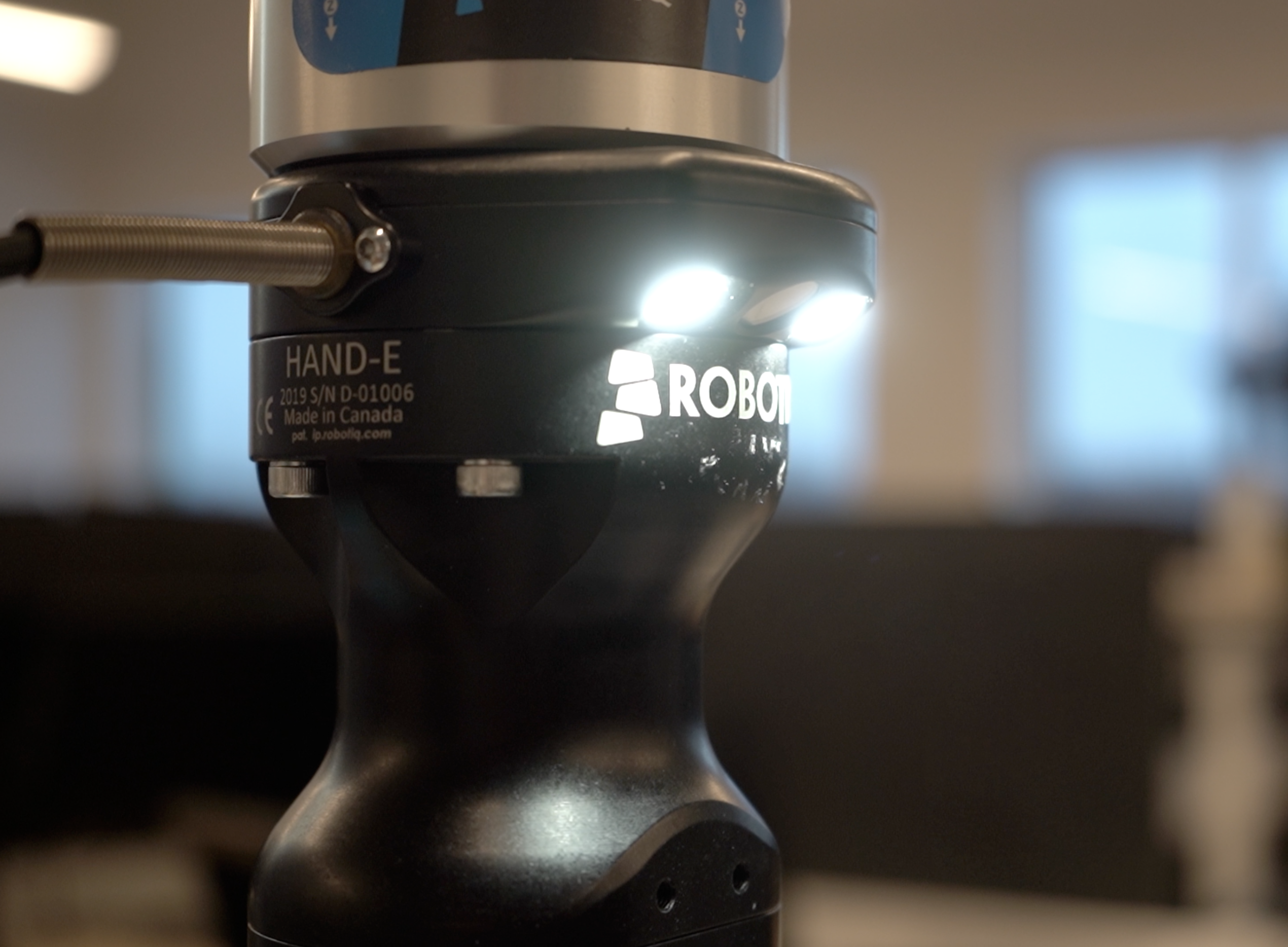Robot Personality Futures - Will We Trust Them?

Posted on Nov 07, 2016 7:00 AM. 4 min read time
If you were interacting with a robot who looked almost flawlessly human, would you trust it more? Many people might actually trust it less. The negative media images of humanoid robots, like one of the latest in this category, Ava of Ex Machina, are only the most contemporary part of the human response to the too familiar others. Think zombies and Frankenstein. While Ava wins the trust of her human counterparts, she trumps them in a game of manipulation that leaves viewers unsettled at the end of her story.

Though we do not yet live in a world where robots have primarily social functions, researchers continue to chip away at what it might mean for humans and robots to not only work alongside each other, but to share emotional moments and secrets. Companies like Google are already developing robotic personalities based on big data mining algorithms, and students and researchers continue to uncover how humans feel about robots. In manufacturing, though, where people actually work with robots, there is already a lot of thought that goes into designing machines that are appealing and trustworthy, but not overly so. From their physical appearance to their interfaces, it’s imperative that humans trust the robotic interface, even if they aren’t relating to it on an emotional level.
The Uncanny Valley
There is an age-old concept in robotics known as the uncanny valley. It is described as the point at which a human replica is near enough a real human being to cause a sense of unease or mistrust. While we have long marveled at Japandroids, artificial intelligence technologies, mostly unembodied, are reaching a similar level of the uncanny. Google’s recent robot personality patent brings the possibility of more than the human-like form, but other human characteristics into the uncanny valley as well. By mining existing data, their robots are able to adapt their personality based on user-moods or desires. They even have the capability to respond to commands such as, “be mom” by using data from previous correspondences with your actual mom. This technology is dependent on how the internet of things will cause data stores in our personal lives to skyrocket. While this patent is vague at best in terms of actual application, there is no doubt that the technology will begin to seep into our mobile lives slowly.
Trusting Manufacturing Robots
While the uncanny valley in social robotics is still far off and perhaps only a figment of the media – at least the way we have thought about it thus far – designing coworking robots that are intuitive to human beings is a very real and present task to roboticists around the world. Found mostly in manufacturing scenarios, these robots are typically designed in the form of a human arm, though not exactly in its likeness. Robotic arms are particularly designed as such to make them intuitive to human users as tools to which formerly human tasks can be easily transferred. By creating them in the form of an arm, programmers can think simply about how to get the robot to accomplish a task done by a human, as well as easily interface with the robot arms and grippers when working alongside them on a line. Obviously, it might seem a little odd and yes even creepy if the nuts and bolts of robotic arms were covered in a skin-like material and taking on a personality that was oddly reminiscent of the closest people in yoru life.
Your Friend, Baxter

Baxter by Rethink Robotics, is among the most famous coworking robots, and mostly for his looks. With a torso, arms and a head with trusting eyes, Baxter is designed to work alongside humans. The safety features built in to his collaborative model make it so companies that use Baxter don’t have to rework their entire manufacturing facility to accommodate a caged-off industrial robot like they used to. Able to perform versatile tasks and be trained with human touch as opposed to complex programming, Baxter’s appearance adds to the ease by which he is integrated into new manufacturing settings. His eyes give him away, and allow people around him to know what he’s working on. You will even find Baxter in classrooms and at science fairs around the country as Children learn about what will be an inevitable part of their future, and get to train Baxter themselves. Baxter’s humanlike form makes him the perfect tool for introducing the next generation to robotics as he is inherently trustworthy and safe.
Baxter and other collaborative robots like Universal Robots paired with Robotiq Two Finger Grippers, are automation solutions that are easy to implement and interact with thereafter. They are also affordable automation solutions that can perform nearly any menial labor task, winning over the favor of their human coworkers who are now freed up to do the high skilled work. Not all collaborative robots need to have facial features like Baxter, but probably won’t become more human like than him, especially if they want to win the hearts of children. Whether or not they begin to look more human, will they start to interact with us in more human ways by adapting the Google robot personality technology? Will this similarly lead us through the uncanny valley? We will have to wait and see.









Leave a comment